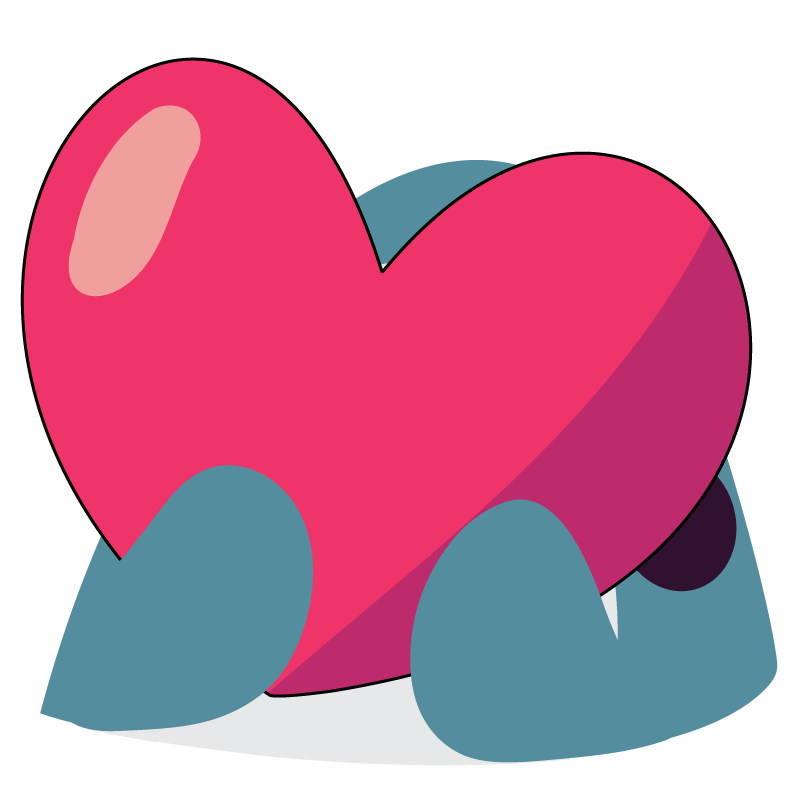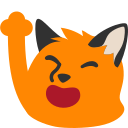Squeeeee .. Jinki promos are always so good!
온유 (ONEW) – ANIMALS | dingo live | 딩고뮤직 | DingoMusic
https://www.youtube.com/watch?v=jcVM4GFlqis
Squeeeee .. Jinki promos are always so good!
온유 (ONEW) – ANIMALS | dingo live | 딩고뮤직 | DingoMusic
https://www.youtube.com/watch?v=jcVM4GFlqis
Dingo brings us a Tipsy Live with ATEEZ
Wave, Bouncy, and Lemon Drop
https://www.youtube.com/watch?v=SxPTgpdboiQ&ab_channel=%EB%94%A9%EA%B3%A0%EB%AE%A4%EC%A7%81%2Fdingomusic
Oh this is delightful. 
진 (Jin) 'dingo Live' Shoot Sketch - BTS (방탄소년단)
https://www.youtube.com/watch?v=Fmntvswf3kE
Ooo cool .. Doyoung singing prettily on Dingo Music. I really like what I've managed to listen to of his new album.
도영 (DOYOUNG)의 킬링보이스를 라이브로! – 반딧불, 새봄의 노래, 안녕, 우주, BOSS, Baggy Jeans, 미래에서 기다릴게 | 딩고뮤직 | Dingo Music
https://www.youtube.com/watch?v=JMehW4VKBlg&t=16s
Welcome to debate about native or introduced #canine species
https://www.noemamag.com/the-dingos-fate/ Not to mention the #Falklands #warrah my take here https://www.salon.com/2024/06/19/the-warrah-enigma-why-darwin-was-fascinated-by-this-now-extinct-coyote-like-creature/ #wolf #dingo #wildlife #darwin #australia #evolution
*Swoon*
진(Jin) – Don’t Say You Love Me | Loser (feat. YENA(최예나)) | dingo live
https://www.youtube.com/watch?v=vQ23WE24vAg
Ahem! Coming on the 18th! 
Trickster encounters, good or bad, detach us from familiar, often fossilized, socially sanctioned norms. These norms provide a useful service, preserving what ‘is’. But they may also shackle us to a version of the world that no longer exists: a world that has changed while we were ‘busy making other plans.’
Yay ... Taegyu on Rising Voices! Killing it! And Yunmachi was pretty great too.
Rising Voice] An TaeGyu (Dragon Pony), Yoonmachi (MRCH) | Dingo Music
https://www.youtube.com/watch?v=8imUd-d2_pw
The Dingo Connection (2021) [11 min] by Andrew Blackley | #USA
Dingo Roaming
Dingo was roaming, seeing, feeling − falling toward the stars.
- JP Quinton
1. Sun shone after torrential rain revealing trees & garden exploding with Spring growth.
2. Chatted with best friend from childhood, not seen since we were both skinny wild kids.
3. Talked about wild creatures, rewilding, books & more. We still love the same things.
Ancient Genomes Reveal Dingoes Are Not Related To Modern Domesticated Dogs | out of Queensland University of Technology + University of Adelaide, published by PNAS
#dingo #genetics
#conservation
#Australia
#SciComm
https://www.forbes.com/sites/grrlscientist/2024/07/15/ancient-genomes-reveal-dingoes-are-not-related-to-modern-domesticated-dogs/
Hi there! My name is Undevo, and I'm a digital furry artist with a dingo fursona. 
I am nonbinary and asexual, and I use they/them pronouns.
Aside from drawing art digitally, I also love 3D modeling, and over time I've also been experimenting with various kinds of physical and analog art. I love listening to music (especially techno/electronica, nu metal, and indie rock), collecting all kinds of physical media, such as movies and music albums, and meeting fellow furs!
On the software side, I mostly use Krita for drawing and Blender for 3D modeling, as well as a few other programs (such as Drawpile, Inkscape, and OBS) for specific purposes.
I'm rather shy but also friendly, so if you'd like to talk about anything, feel free to contact me on any of the platforms listed under my bio, or alternatively here, with a direct message.
The artwork you can see attached to this post is a drawing of my fursona, specifically the first furry artwork I ever completed, and I'm still very proud of it!
Dingoes ‘may have once been revered’ https://arkeonews.net/dingoes-were-regarded-as-almost-human-in-pre-colonial-australia/ #dingo #CanineBurial #domestication
Genomic consequences of isolation and inbreeding in an island #dingo population https://www.biorxiv.org/content/10.1101/2023.09.15.557950v1
The reason this dingo is this week's Weird of the Week is because it's a cute lil fluffball that you want to give all the treats to except you can't because it'll rip your face off.
Every fibre of your being is saying "go on, just one little scritch behind the ears" but at the same time you know you want to keep your fingers.
It’s the cognative dissonance. That’s the weird thing.
“Most of the 307 wild animals we tested were pure dingoes. Only a small proportion of wild dingoes had dog ancestry, probably from a great- or great-great-grandparent. There were no “first-cross” (50/50) hybrids or feral dogs in our wild-caught sample.
Essentially, all the “wild dogs” were dingoes.”
https://theconversation.com/new-dna-testing-shatters-wild-dog-myth-most-dingoes-are-pure-206397 #Australianews #dingo #dogs
Our new @theconversationau article: ‘An exciting possibility': scientists discover markedly different #kangaroos on either side of Australia's #dingo fence https://theconversation.com/an-exciting-possibility-scientists-discover-markedly-different-kangaroos-on-either-side-of-australias-dingo-fence-206752